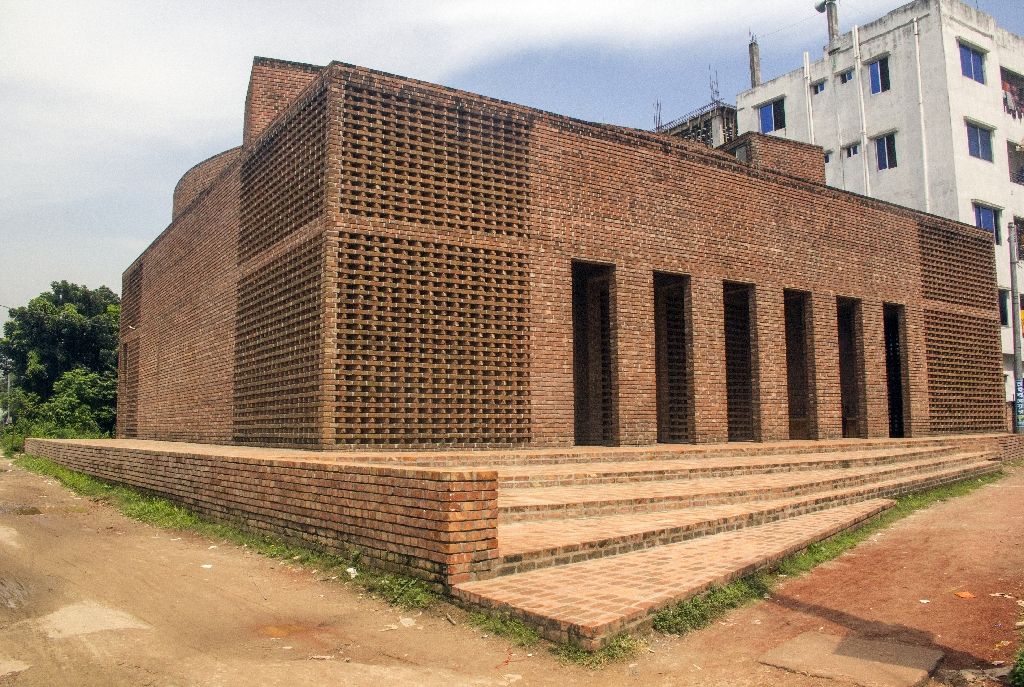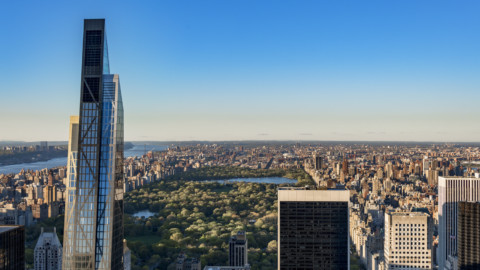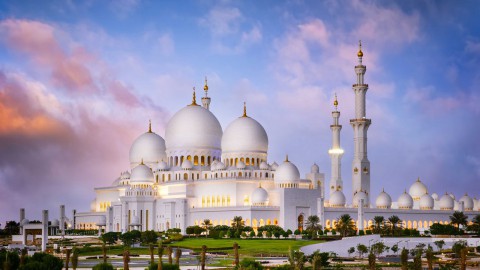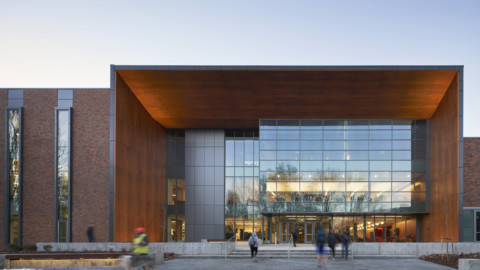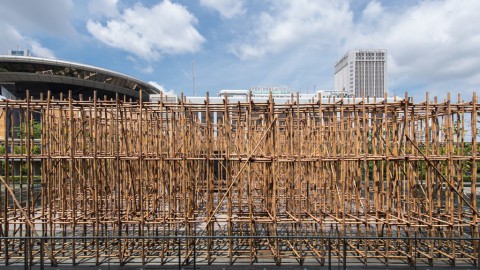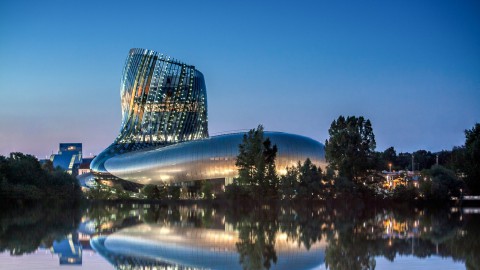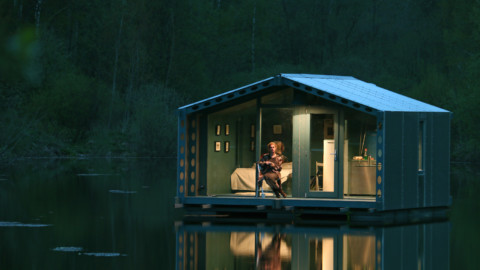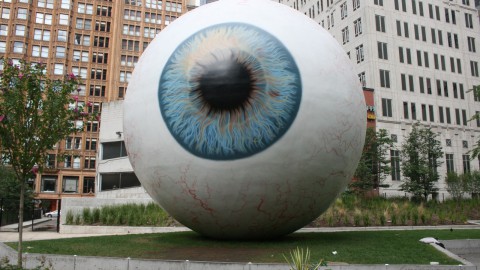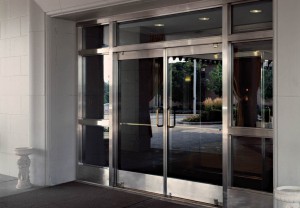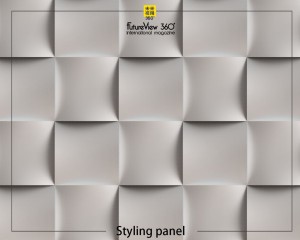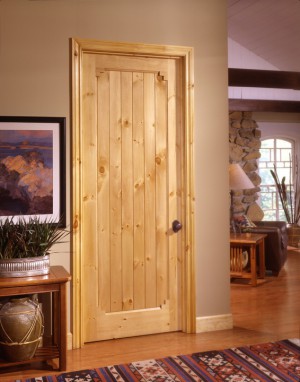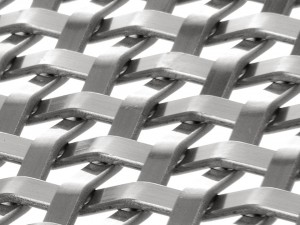Affiliation:Islam
Location:Fayedabad, Dhaka
Municipality:Dhaka
Architect(s):Marina Tabassum
Type:Mosque
Completed:2012
Construction cost:USD 150000
Capacity:400 person
Dome(s):no dome
所屬:伊斯蘭教
地點:達卡,費耶達巴德
自治市:達卡
建築師:瑪麗娜·塔巴蘇姆(Marina Tabassum)
類型:清真寺
竣工時間:2012
建造費:USD 150000
定員:400人
圓頂:無圓頂
The Bait Ur Rouf Mosque (Bengali: বায়তুর রউফ জামে মসজিদ, Arabic: الجامع بيت الرؤوف) is a distinctive urban mosque located in an economically-challenged area of Dhaka, Bangladesh. Designed by Bangladeshi architect Marina Tabassum and completed in 2012, it has been called a refuge of spirituality in urban Dhaka and received recognition for its beautiful use of natural light and for challenging the status quo of traditional mosque design.Instead of traditional symbolism such as domes and minarets, the mosque relies on open space and the rich interplay of light and shadow to create a prayer space that elevates the spirit.
Bait Ur Rouf清真寺(孟加拉國:阿拉伯語:الجامعبيتالرؤوف)是一座獨特的城市清真寺,位於孟加拉國達卡市受到經濟挑戰的地區。 它是由孟加拉國建築師Marina Tabassum設計並於2012年完工的,被稱為達卡市區的靈性避難所,並因其自然光的美麗使用和對傳統清真寺設計現狀的挑戰而獲得認可,而不是諸如圓頂之類的傳統象徵主義 清真寺和宣禮塔都依賴於開放空間以及光影的豐富相互作用來創造一個提升精神的祈禱空間。
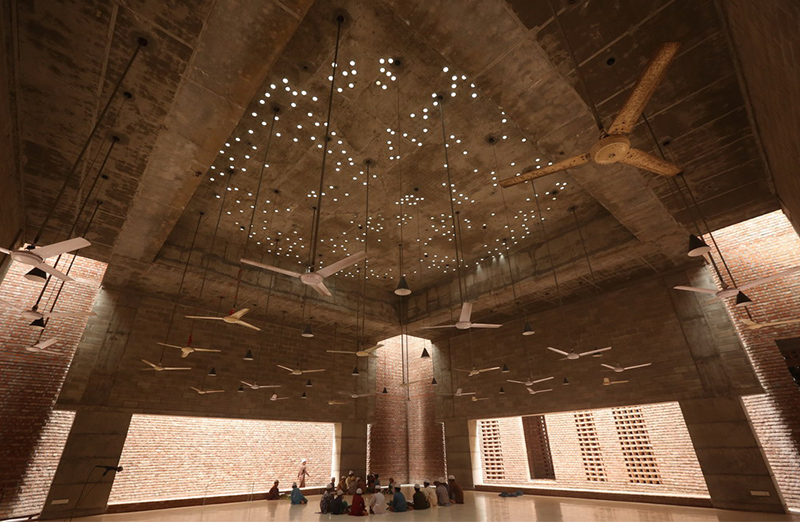
In the wake of the tragic loss of two of her daughters, Bangladeshi widow Sufia Khatun donated part of her land for the construction of a mosque. In 2005 she commissioned her granddaughter, architect Marina Tabassum, to design it. Community members initially used a temporary structure on the site for prayer, but when Khatun passed away, Tabassum was left as the sole fundraiser, designer, client, and builder of the project. Community donors provided most of the funding for the building.
在失去兩個女兒的悲劇之後,孟加拉國寡婦蘇菲亞·卡敦(Sufia Khatun)捐贈了她的部分土地用於建造一座清真寺。 2005年,她委託孫女建築師Marina Tabassum設計。 社區成員最初在站點上使用臨時結構進行祈禱,但是當Khatun去世時,Tabassum被留為該項目的唯一籌款人,設計師,客戶和建造者。 社區捐助者為大樓提供了大部分資金。
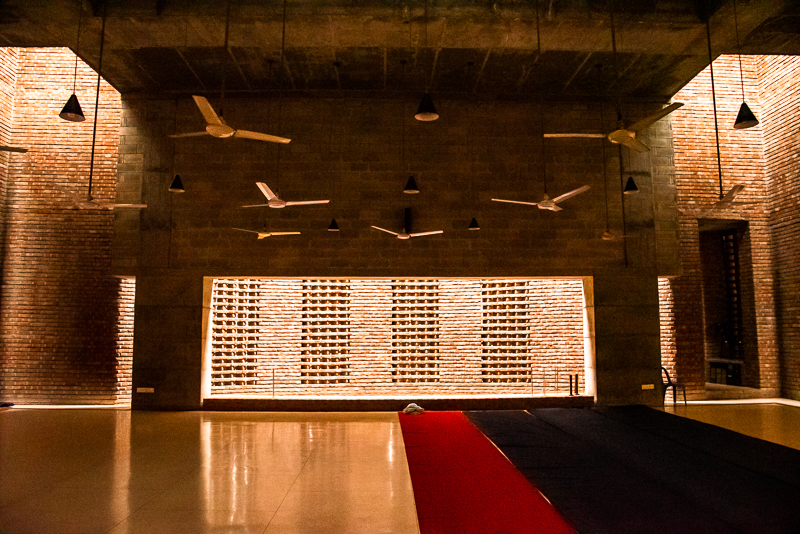
The mosque was designed by Marina Tabassum, a female architect from Bangladesh. Known for designing the Museum of Independence in Dhaka, she is recognized as one of the country’s top architects and one of only a few women architects in the country. In Bangladesh, it is unusual for a female to design a mosque – Bangladeshi women rarely even enter a mosque, praying instead at home, since few mosques have dedicated sections for women. Tabassum visited more than 100 mosques before designing Bait Ur Rouf Mosque, despite having hardly ever entered a mosque previously.
該清真寺由孟加拉國女建築師瑪麗娜·塔巴蘇姆(Marina Tabassum)設計。 她以設計達卡獨立博物館而聞名,被公認為是該國頂級建築師之一,也是該國僅有的幾位女性建築師之一。 在孟加拉國,女性設計清真寺是不尋常的-孟加拉國婦女很少進入清真寺,而是在家裡祈禱,因為很少有清真寺專門為女性服務。 Tabassum在設計Bait Ur Rouf清真寺之前曾拜訪了100多個清真寺,儘管此前幾乎沒有進入過清真寺。
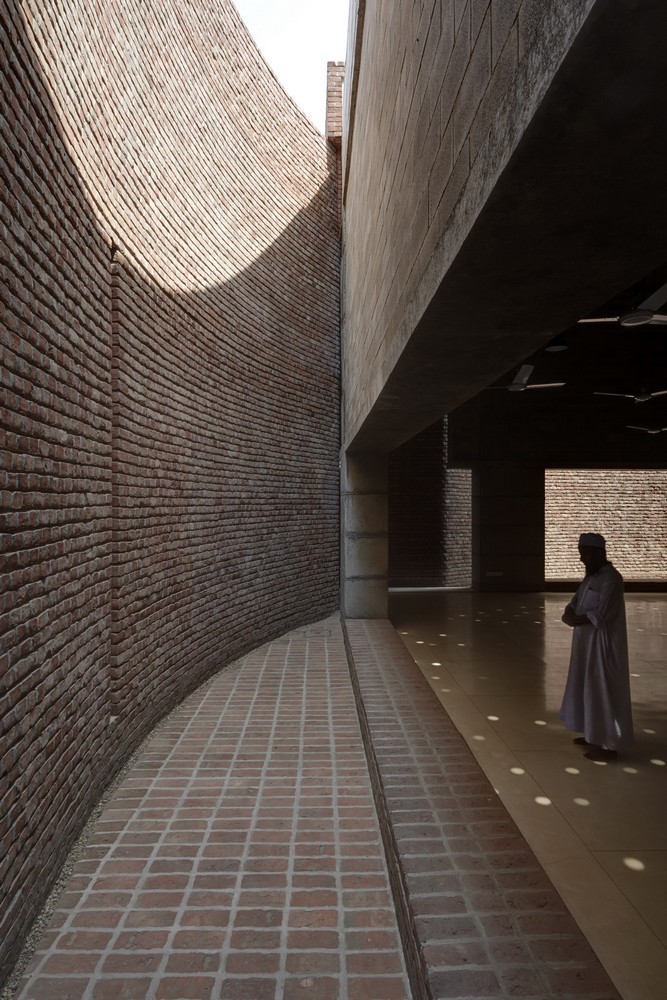
Bangladesh’s rich mosque-building history dates back to the 13th century’s Turkish invasion. The earliest mosques incorporated elements from local building traditions, such as small domes that span the roof and brick walls. The architect combined this unique traditional Sultanate mosque architecture with a modern approach to create a design that challenges the status quo.
The building is located in a flood-prone area, and is designed along an axis angled 13 degrees to the Qibla direction. To compensate for this angle, the building is raised on a plinth with a cylinder inside of a square. This allowed the designer to rotate the prayer hall to the correct direction and created light courts on four sides with room for other functions.
孟加拉國豐富的清真寺建設歷史可以追溯到13世紀的土耳其入侵。 最早的清真寺結合了當地建築傳統的元素,例如橫跨屋頂和磚牆的小圓頂。 建築師將這種獨特的傳統蘇丹國清真寺建築與現代方法相結合,創造出一種挑戰現狀的設計。
該建築位於容易發生洪水的區域,並沿與Qibla方向成13度角的軸進行設計。 為了補償該角度,建築物在帶有圓柱體的底座上升高,底座位於正方形的內部。 這使設計人員可以將祈禱室旋轉到正確的方向,並在四個側面創建了具有其他功能空間的光影球場。

The mosque’s prayer hall has no columns inside, instead relying on eight peripheral columns for support.Dozens of random, circular openings in the ceiling and walls allow natural light to enter the building, creating shifting patterns of light and shadow to enhance the spiritual atmosphere.
The small-footprint, one-storey building has no domes, minarets, or decorative panels, and fits in with its surroundings. Handmade terracotta brick walls provide natural ventilation, helping keep the building cool even on hot days. Without using the usual mosque symbolism, the architect created a space of spirituality with simplicity and the use of natural light prompting deep reflection and contemplation in prayer.
The building cost Sh 15 million and took five years to construct. Construction finished in 2012.
清真寺的祈禱大廳內部沒有柱子,而是依靠八個外圍柱子作為支撐,天花板和牆壁上的數十個隨機圓形開口允許自然光進入建築物,產生光影變化的圖案,以增強精神氛圍。
這座小巧的單層建築沒有圓頂,尖塔或裝飾面板,可與周圍環境融為一體。 手工製作的兵馬俑磚牆可提供自然通風,即使在炎熱的天氣下也可保持建築物涼爽。 在沒有使用通常的清真寺象徵意義的情況下,建築師通過簡單的運用自然光創造了靈性空間,從而激發了禱告中的深刻反思和沈思。
該建築耗資1500萬先令,耗時五年。 工程於2012年完成。
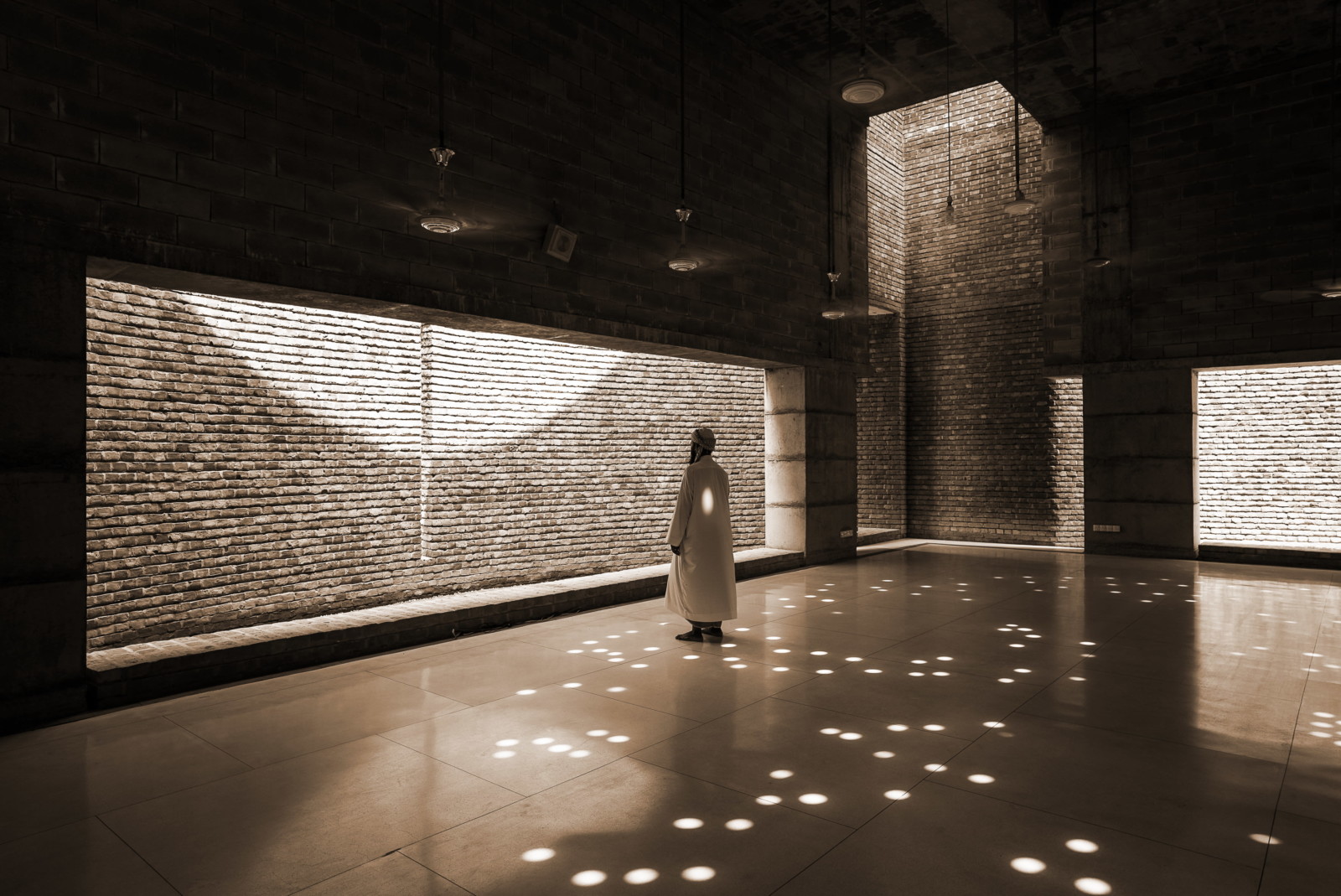
Although locals funded and use the building, visitors from across Bangladesh, including Chittagong and Sylhet, visit the Mosque. This includes devotees and architecture students.
The architect purposely reduced symbolism in her design to encourage the building’s use for other social activities beyond prayer. Children are encouraged to play in the building, which is unusual for a mosque. The architect aimed to make the building a place of tranquility in one of the poorest neighbourhoods of one of the most crowded cities in the world, with “Breathing spaces” in and around the building providing a place for worshippers to socialize outside of prayer times. Throughout the day, children play and elderly men chat on the building’s plinth.
The Bait Ur Rouf Mosque is unusual not only for being only one of two mosques in Bangladesh built by a woman but also for its environmentally-friendly design. The architecture pays tribute to lost mosque-building traditions and fits into the landscape of a country with a developing economy, which the architect believed was her social responsibility.
儘管當地人資助並使用了這座建築,但包括吉大港和錫爾赫特在內的孟加拉國各地遊客都參觀了清真寺。其中包括奉獻者和建築專業的學生。
建築師故意減少設計中的象徵意義,以鼓勵建築物將其用於禱告以外的其他社交活動。鼓勵孩子們在建築物裡玩耍,這對清真寺是不尋常的。這位建築師的目標是在世界上最擁擠的城市之一的最貧困社區之一中,使該建築成為一個寧靜的地方,該建築內外的“呼吸空間”為信徒提供了在祈禱時間之外進行社交的場所。整天,孩子們玩耍,老人在建築物的基座上聊天。
Bait Ur Rouf清真寺不僅是孟加拉國由女性建造的兩個清真寺之一,而且還因其環保設計而與眾不同。該建築向失落的清真寺建造傳統致敬,並與經濟發展中國家的景觀相呼應,建築師認為這是她的社會責任。
FROM:https://en.wikipedia.org/wiki/Baitur_Rauf_Mosque
Don’t you think it’s addictive?
Want to know more about the beauty of architecture?
Come and join our members to explore the beauty of architectural design.
覺得看得不過癮嗎?
想要知道更多建築之美嗎?
快來加入我們的會員,一同探索建築設計之美。
The above article is purely for appreciation and sharing purposes, as well as the construction of new technology and the public can be in-depth understanding of the information at the same time there are sources, will be able to query, no use of the document as a commercial transaction, if illegal, please inform the We will immediately remove the site, thank you for cooperation.
以上文章純粹作為欣賞及分享用途,以及將建築新型技術傳遞給與大眾能夠深入了解,同時資料還有來源,將可查詢,絕無使用該文件資料作為商業交易行為,如有違法請務必告知該網站我們將立即處理撤除,謝謝合作。

